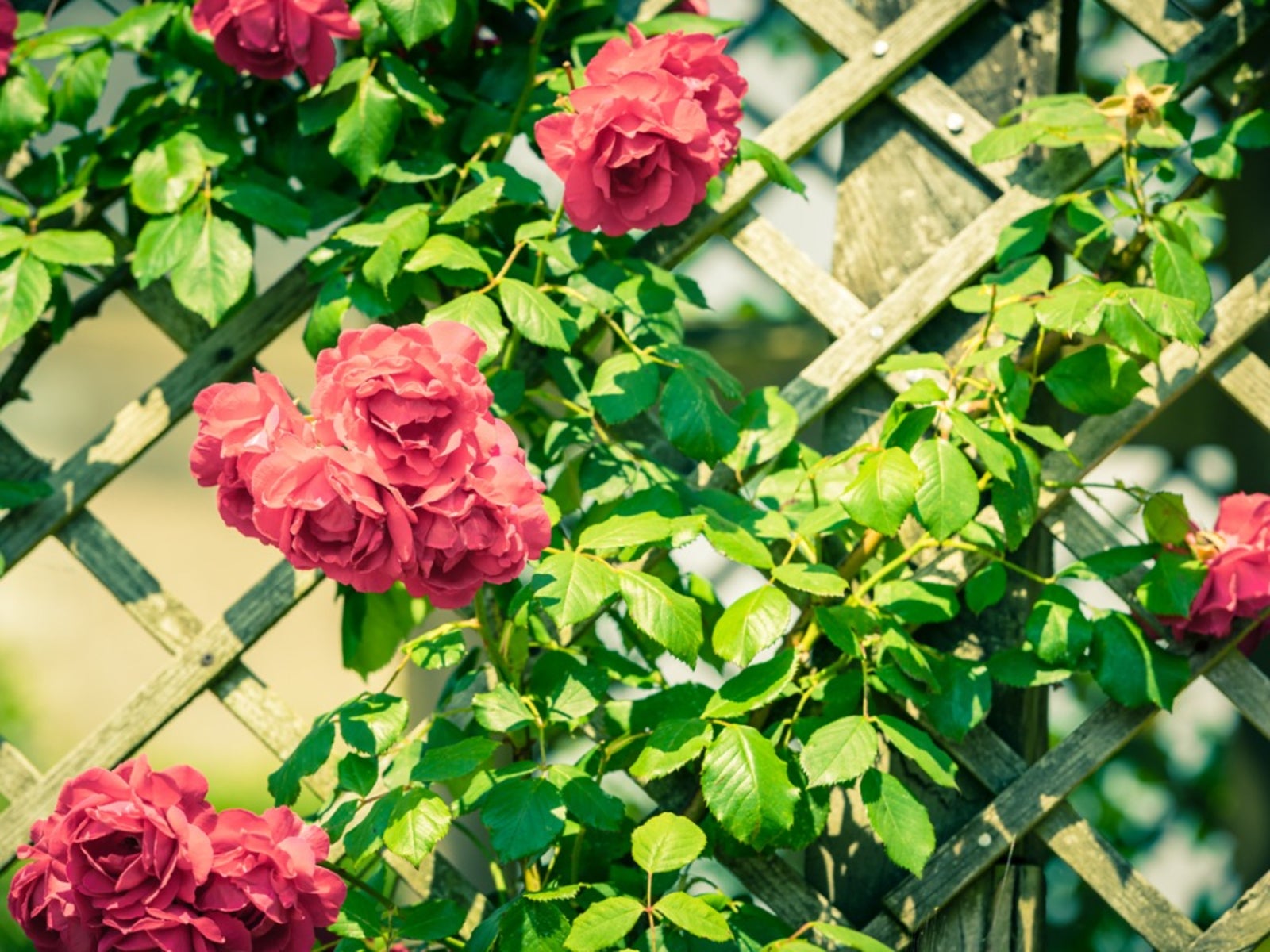What Are Differences Between Rambler Roses And Climbing Roses?


In this article, we will take a look at two classifications of roses: the rambler roses and the climbing roses. Many think that these two types of roses are the same, but this is not true. There are distinct differences. Let's take a look at the differences between rambler roses and climbing roses.
What are Rambler Roses?
The rambler or rambling roses are one of the ancestors of the climbing rose bushes of today. The rambler roses descended mostly from the roses known as R. wichuraiana and R. multiflora, which are very large, and hardy rose bushes with flexible canes that pretty much bloom only once in the early summertime, although some will bloom more often. The R. wichuraiana roses are said to have stronger canes that allow them to be excellent for even the most challenging of climbing situations. The rambler roses are truly vigorous climbers but should not be grouped into the climbing rose class. They are unique and need to be preserved as such. These are the roses seen in many of the old paintings of Victorian gardens in England. Many rambler roses are wonderfully fragrant and put on such a grand display when in bloom that their limited in-bloom time is no deterrent. The R. multiflora rambler rose is originally from the orient. Rosa multiflora is so vigorous that it is a popular rootstock for grafting with other more popular roses so that they may survive in the toughest of climates. Some beautiful rambler roses are:
- Darlow's Enigma Rose
- The King's Rubies Rose
- Apple Blossom Rose
- Alexandre Girault Rose
What are Climbing Roses?
Climbing rose bushes are well classified as they do just that, they climb. Climbing roses are actually a quite diverse group that grows long, arching canes that can be tied up and trained along fences, walls, trellises, and arbors. When I think of climbing roses, two come immediately to mind. One is named Blaze, a beautiful red blooming climber my mother grew. Another is a beautiful pink climber named New Dawn that I have seen beautifully draping up and over arbors. A sport of hers named Awakening is said to be even more profuse about blooming as well as being a hardier rose bush. Many climbing rose bushes are actually what is known as sports or mutations of other rose bushes, which includes miniature rose bushes as well. Climbing roses are excellent for limited flat space garden areas that have a lot of open vertical space to climb up and elegantly drape the area with beautiful blooms. This group of roses has a large variance in their winter hardiness, so be sure to check the recommended growing/hardiness zones before you buy. Some popular and beautiful climbing roses are:
- Dublin Bay Rose
- Joseph's Coat Rose
- New Dawn Rose
- Fourth of July Rose
- Altissimo Rose
- Clair Matin Rose
- Penny Lane Rose
Some miniature climbing roses are:
- Climbing Rainbows End Rose
- Climbing Kristin Rose
- Jeanne LaJoie Rose
These two are beautiful classes of rose bushes that are often featured in paintings and photography, as they easily stir the romantic side within us all.
Sign up for the Gardening Know How newsletter today and receive a free copy of our e-book "How to Grow Delicious Tomatoes".

Stan V. Griep contributed to Gardening Know How for many years and has been a Colorado Native Rosarian for over four decades. He is an American Rose Society Certified Consulting Master Rosarian in the Rocky Mountain District, and a member of the Denver Rose Society, the Loveland Rose Society, and the American Rose Society. He is Gardening Know How's in-house expert on all things roses.